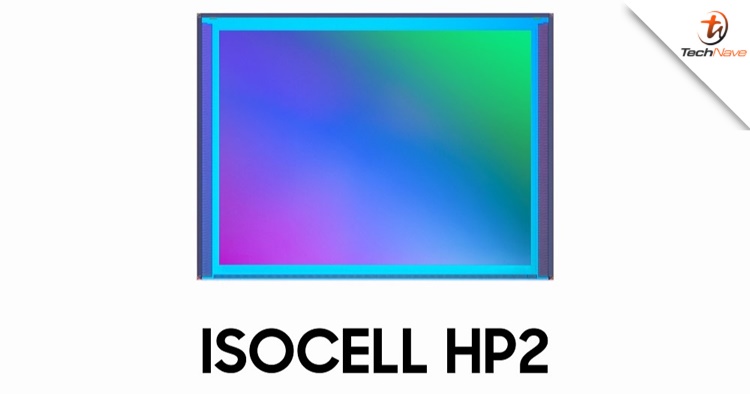
Today, Samsung Electronics is proud to introduce its latest 200MP image sensor. Called the ISOCELL HP2, it seems that this would be the upcoming Galaxy S23 series' newest main sensor.
According to Samsung, the ISOCELL HP2 packs 200 million 0.6-micrometer (μm) pixels in a 1/1.3” optical format, a sensor size that is widely used in 108MP main smartphone cameras. This enables consumers to produce higher resolutions in the latest high-end smartphones without larger camera bumps in their devices.
Moreover, the ISOCELL HP2 can accommodate various lighting levels with its Tetra2pixel. In low-lit environments, the sensor transforms either into a 1.2μm 50MP or 2.4μm 12.5MP image sensor by binding four to 16 neighbouring pixels. For fuller 8K video, approximately at 33MP, the HP2 switches to 1.2μm 50MP mode to minimize cropping. For 8K video, approximately at 33MP, the HP2 switches to 1.2μm 50MP mode, whereas in 8K at 30FPS, a wide field of view along with a bigger pixel size can produce sharp cinematic videos.
Focusing on low-lit environments, the sensor will also use all its 200 million pixels for focusing agents with Super QPD. Delivering faster and more accurate auto-focusing. It is also capable of fast auto-focusing, and its new Dual Vertical Transfer Gate (D-VTG) technology can also reduce washed-out pictures from brightly lit environments.
For superb HDR performance, Samsung is introducing the DSG feature for the first time in 50MP mode which applies two separate conversion values to the analogue signal received at the pixel level. In addition, the Smart-ISO Pro, an HDR solution that merges different levels of ISO readouts from a single exposure, allows the camera to take 12.5MP images and 4K at 60fps video in HDR.
The Samsung ISOCELL HP2 has entered mass production and we think there's a good chance that it would appear on the Galaxy S23 Ultra as the ultimate camera-centric device yet. Well, we can only wait and see. Stay tuned for more trending tech news at TechNave.com.






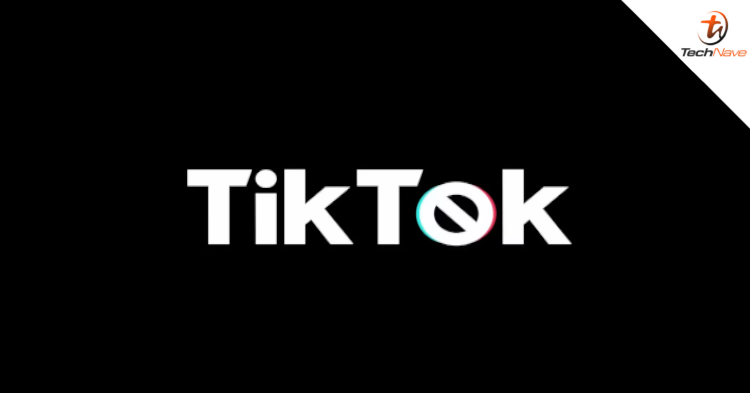



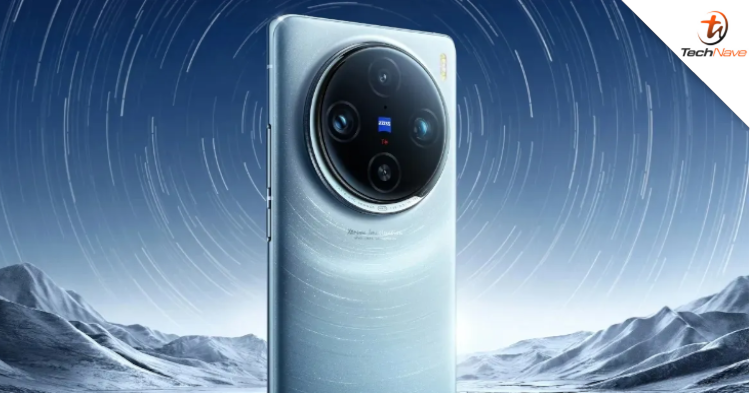

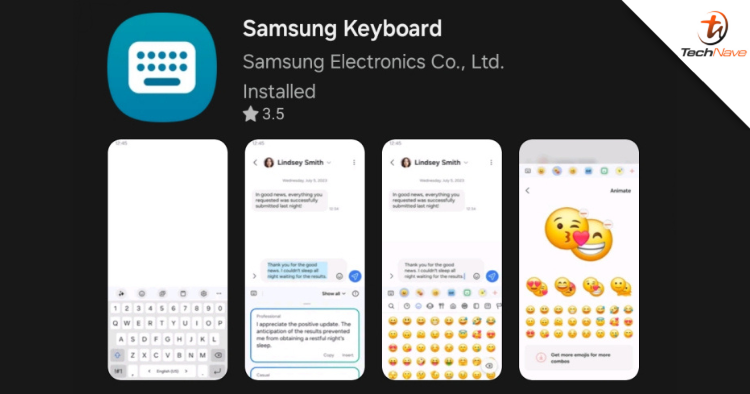
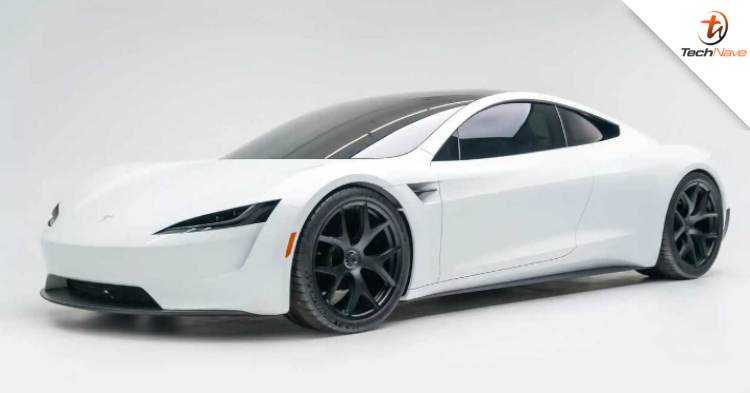



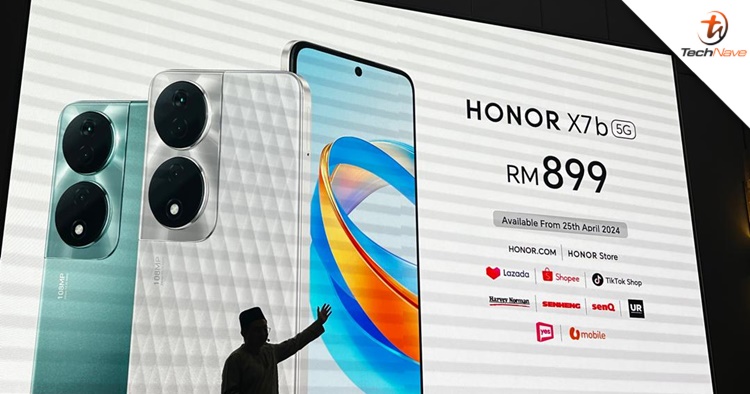
COMMENTS